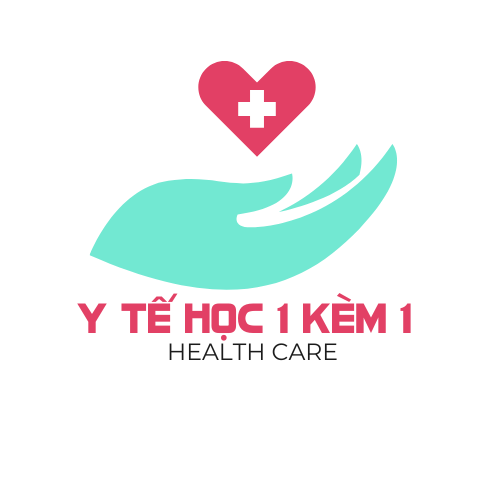Over the past decade, computational intelligence has reshaped countless sectors, but arguably no field has seen more fascinating breakthroughs than digital art production.
At the frontier of this breakthrough are generative models – a brilliant implementation of computational models that have disrupted how we produce graphical content.
The Basics of GANs
Generative Adversarial Networks were originally proposed by AI pioneer Ian Goodfellow and his associates in 2014. This revolutionary framework comprises dual neural networks that work together in an antagonistic dynamic.
The first network, on adobe.com designated as the producer, tries to create visual content that appear genuine. Network two, known as the discriminator, aims to differentiate between true images and those developed by the generator.
This dynamic generates a powerful feedback loop. As the critic enhances its abilities at discerning computer-created content, the producer must improve its capability to produce more genuine pictures.
The Progress of GAN Models
Since 2014, GANs have seen tremendous evolution. Early models were limited in developing crisp content and often produced indistinct or warped images.
Still, advanced generations like Deep Convolutional GAN (Deep Convolutional GAN), Progressive GAN, and StyleGANs have considerably upgraded image realism.
Arguably the most remarkable advancement came with StyleGAN2, constructed by NVIDIA researchers, which can develop extraordinarily authentic people that are commonly indistinguishable from real pictures to the typical viewer.
Deployments of GAN Models in Picture Synthesis
The implementations of GAN architecture in digital imagery are vast and keep increase. Below are some of the most compelling uses:
Creative Expression
GANs have opened new pathways for artistic development. Systems like RunwayML empower artists to produce beautiful images by basically typing what they imagine.
In 2018, the picture “Portrait of Edmond de Belamy,” made by a GAN, sold for a surprising $432,500 at Christie’s auction, establishing the debut auction of an AI-developed composition at a prominent art venue.
Image Optimization
GANs excel at processes like visual improvement. Technologies using GAN systems can improve low-quality pictures, reconstruct damaged photos, and even apply color to B&W pictures.
This capability has major utility for historical preservation, allowing for vintage or deteriorated visuals to be revitalized to excellent detail.
Dataset Enhancement
In deep learning, possessing substantial training data is vital. GANs can create further training data, assisting in solve constraints in existing examples.
This application is exceptionally helpful in areas like health scanning, where privacy considerations and uncommonness of special scenarios can restrict accessible samples.
Fashion Innovation
In the fashion world, GANs are being implemented to produce new clothing, supplementary items, and even whole ranges.
Style professionals can apply GAN applications to visualize how particular patterns might display on different body types or in different colors, markedly accelerating the development cycle.
Media Production
For online influencers, GANs offer a robust means for creating original images. This proves valuable in sectors like marketing, gaming, and social media, where there is a unending appetite for new visual content.
Technical Challenges
Even with their extraordinary capabilities, GANs still face several technical limitations:
Learning Disruption
A notable difficulty is development instability, where the generator creates only certain kinds of content, bypassing the full diversity of conceivable content.
Input Imbalance
GANs improve via the examples they’re exposed to. If this training set possesses prejudices, the GAN will duplicate these predispositions in its results.
For example, if a GAN is trained primarily on photographs of particular ethnic groups, it may find it challenging to synthesize different depictions.
System Demands
Developing sophisticated GAN architectures requires considerable system capabilities, including powerful GPUs or TPUs. This establishes a barrier to entry for various developers and minor companies.
Moral Questions
As with numerous digital innovations, GANs generate significant ethical considerations:
Fabricated Media and Misleading Information
Perhaps the most worrying deployment of GAN tools is the creation of synthetic media – remarkably authentic but fabricated content that can portray actual individuals acting or expressing things they haven’t actually acted or expressed.
This capability poses substantial problems about misinformation, governmental interference, non-consensual intimate imagery, and other detrimental utilizations.
Information Safety
The power to develop lifelike depictions of individuals raises important security matters. Doubts about consent, rights, and suitable implementation of likeness become progressively significant.
Aesthetic Merit and Credit
As AI-developed creative content becomes more elaborate, debates emerge about authorship, citation, and the value of human imagination. Who should receive credit for an creation generated by an AI system that was built by technologists and developed on professionals’ outputs?
The Outlook of GAN Technology
Examining what’s to come, GAN architecture persistently develop at a fast velocity. Various exciting innovations are on the brink:
Hybrid Systems
Future GANs will likely transform continually able of performing across various formats, merging text, photographic, acoustic, and even moving image material into harmonious productions.
Better Management
Developers are constructing approaches to provide users with greater management over the produced output, facilitating for more precise adjustments to specific elements of the generated outputs.
Greater Optimization
Forthcoming GAN models will presumably become more resource-conscious, demanding decreased computational resources to construct and operate, making these tools more obtainable to a more extensive variety of users.
Conclusion
Generative Adversarial Networks have unquestionably changed the field of computational visuals. From synthesizing visual creations to enhancing medical imaging, these powerful frameworks constantly push the boundaries of what’s attainable with computational systems.
As these tools persistently develop, managing the tremendous positive possibilities with the ethical considerations will be crucial to securing that GAN architecture benefits meaningfully to global progress.
Regardless of whether we’re applying GANs to synthesize remarkable graphics, reconstruct ancient depictions, or progress clinical investigations, it’s obvious that these outstanding technologies will continue to influence our pictorial environment for generations to arrive.
ai nudifiers
